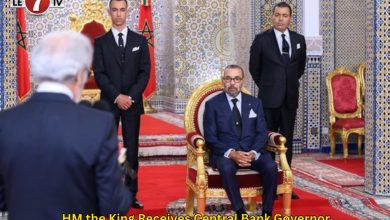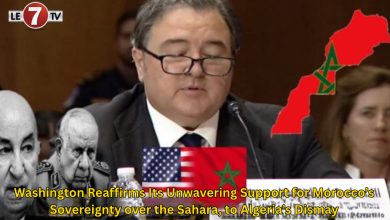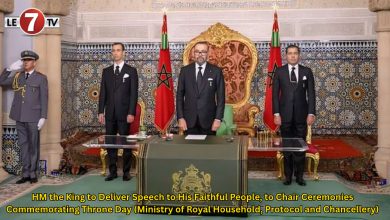Iranian Regime Decapitated: Who Are the Key Military Figures Killed by Israel?
On the night of June 12 to 13, 2025, Israel launched an unprecedented series of airstrikes on Iran, directly targeting strategic military and nuclear sites. The operation, code-named “Rising Lion”, hit command centers, sensitive installations, and high-ranking officials. The strikes resulted in the deaths of several central figures in the Iranian regime, both military and scientific.

Hossein Salami – The Face of the Revolutionary Guards
General Hossein Salami, commander-in-chief of the Islamic Revolutionary Guard Corps (IRGC), was killed in a strike targeting the Pasdaran headquarters in Tehran. Aged 65 and a veteran of the Iran-Iraq war, Salami had led the IRGC since 2019 and represented the regime’s hardline stance.
He openly threatened Israel and the United States in public statements and oversaw multiple Iranian military operations abroad—particularly in Syria and Iraq. Notably, he orchestrated Iran’s first direct missile and drone attack on Israeli territory in April 2024.
Mohammad Bagheri – Architect of Iran’s Regional Strategy
General Mohammad Bagheri, Chief of Staff of the Iranian Armed Forces since 2016, was also killed in the strikes. Aged 63, Bagheri was known for his doctrinal and operational expertise and was a key coordinator between regular forces and the IRGC.
He supervised Iran’s foreign military deployments in the Levant and directed operations of Iran-aligned Shiite militias. His death represents a severe blow to Iran’s centralized military command system.
Gholam Ali Rashid – The Shadow Strategist
General Gholam Ali Rashid, head of Iran’s central military operations command and a senior figure in military strategic planning, was killed in a precision strike on a southern Tehran military base. Rashid, active in the IRGC since the 1980s, played a vital role in coordinating joint operations with groups like Hezbollah and the Houthis.
He had been sanctioned multiple times by the United States and was considered a key behind-the-scenes planner.
Ali Shamkhani – The Diplomat of the Security Establishment
Former defense minister and ex-secretary of Iran’s Supreme National Security Council (2013–2023), Ali Shamkhani died of injuries sustained during a strike on a government facility.
At 69, Shamkhani remained an influential advisor to Supreme Leader Ali Khamenei. He played a pivotal role in nuclear negotiations and regional diplomacy, including talks with Saudi Arabia. His death removes a pragmatic intermediary between Iran’s diplomatic and military circles.
Fereydoon Abbasi-Davani – The Nuclear Architect
Nuclear physicist Dr. Fereydoon Abbasi-Davani, former head of the Atomic Energy Organization of Iran (AEOI) (2011–2013), was killed in the strikes. Aged 66, he was one of the principal architects of Iran’s military nuclear program.
Survivor of a 2010 assassination attempt—allegedly by Mossad—he continued his work as a parliamentarian and scientific advisor to Khamenei. His death marks a major setback to Iran’s uranium enrichment efforts.
Mohammad Mehdi Tehranchi – The Link Between Academia and Military Strategy
Dr. Mohammad Mehdi Tehranchi, former president of Islamic Azad University, physics professor, and member of Iran’s Supreme Council for Science, was also killed in a strike in Tehran.
A specialist in quantum optics and plasma physics, he contributed to multiple dual-use civilian and military projects in energy and defense, and helped train the next generation of regime-aligned physicists.
Other Targeted Scientists
According to Israeli media, several other scientists tied to Iran’s nuclear program were also killed in the operation:
- Abdolhamid Minouchehr – advanced centrifuge expert
- Ahmadreza Zolfaghari – applied nuclear physicist
- Amirhossein Feqhi – reactor specialist
- A man identified only as “Motlabizadeh”
These individuals formed the technical backbone of Iran’s nuclear program. Their deaths could significantly delay Iran’s efforts in advanced uranium enrichment and ballistic missile development.
Editorial team/le7tv








